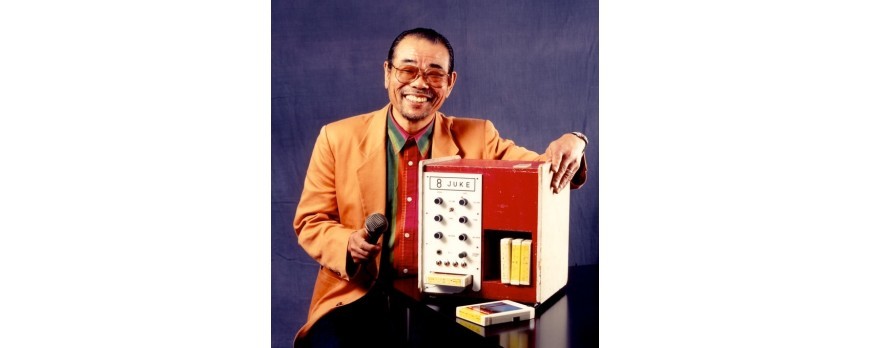But even before we get to karaoke's Japanese origins, karaoke had its beginnings at the end of 1950s when American TV host Mitch Miller, a musician, singer and producer had the idea to make TV interactive with his program Sing along with Mitch. His live orchestra played popular songs while the song’s lyrics scanned across the screen with a small, white, bouncing ball jumped along each syllable of the word. Viewers around America sung along right from their living rooms, a concept which largely resembles the basis of karaoke.
Back to Japan. Karaoke actually gets its name thanks to Daisuke Inoue and his cross over to music businessman. In 1969, the young Inoue was invited by an insurance company to entertain their trade show. Inoue wasn’t available to make it but to not lose the gig, he acted as amateur technician and invented a small machine allowing a person to sing along live to a pre-recorded version of the song. “I used autoradio and cassettes tapes, a coin machine and a small amplifier and put it all together to make this karaoke.”
The word karaoke is a portmanteau word combining the Japanese terms “ kara” (empty) and “okesutora” (orchestra) to get “empty orchestra.”
Very quickly, Inoue’s idea spread throughout his country and then abroad. But even though he was named as one of the “Most Influential Asians of the Century” by Time Magazine, he never financially benefited from his invention since he never filed for its patent.
Despite not being financially recognized for his invention, in 2004, Inoue received an Ig Nobel Prize (a parody of the the more famous Nobel Prize) recognizing him for his contribution to making “people first laugh and then think.”
Inuoe’s ownership as the true inventor is sometimes disputed however. Some credit Kisaburo Takagi, director of one of the first companies to distribute jukeboxes, as the true inventor of the mash-up of microphone, 8 tracks and a Magnetophon.
Technological advances have helped improve the original karaoke that Inoue brought to the world. From 1970, while jukeboxes found huge success and were beginning to be commercialised from instrumental singles, came the mini-jukes (small jukeboxes with a microphone).
In 1972, entertainment group Nippon Columbia added a game-changing technology that allowed vocal tracks to be removed from a recording, creating a way for the singer to interpret and sing in his/her own style.
Between 1976 and 1977, the karaoke phenomenon reached new heights with big companies like Toshiba, Columbia and Polydor mass producing karaoke material.
Moreover, thanks to video cassettes from Pioneer in 1982 and compact discs from Sony a bit later, the karaoke phenomenon spread throughout homes.
But the lack of proper soundproofing in their homes forced the Japanese to improve upon their invention and in 1986 they began proposing Karaoke Boxes, constructed makeshift rooms that have since become better equipped pods and trailers.
More professional solutions weren’t introduced until the 90s when "Karaoke Fun Centers" proposed various rooms within an establishment with different ambiance and themes.
In the 2000s, thanks to the success of TV musical talent shows and the popularity of musical programs (think Glee), amateur singing once again found it’s way into homes around the world.
Since then, thanks to the SingMasters Karaoke people around the world can enjoy thousands of songs in 25 different languages anywhere in the world.

